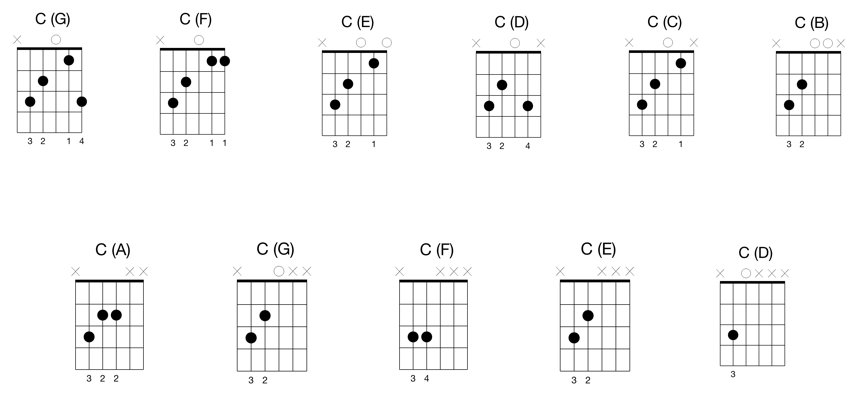
The biggest challenge of playing unaccompanied guitar is supporting your melodies with the much needed harmony, to do this well we need to carefully arrange our melody to ergonomically fit around the chords we are playing and vice versa.
The best way to get used to this is by playing all the chords of the key and slowly incorporating the scale into the chords. Each chord will already contain at least 3 notes from the scale we are using, so it is only a matter of adding the notes above and below the ones we are fretting.
We will base this exercise around the I V vi IV progression because a number of the songs we explore in this course are based around this progression.
First we have the I chord, this will be C as we are in the key of C major. A ‘C’ chord contains three notes from the C major scale C (root), E (third), and G (fifth). When put over the C major scale it looks like this (‘r’ being the root)

Notice that we have 4 notes from the scale that are not being used. Play your C major chord and look closely at which notes from the scale we are using and how close you are from the next unused note from the scale. In the scale shape in first position we have two notes called ‘D’: one is the open D string and the other is on the third fret of the B string.
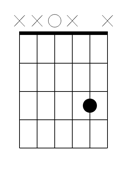
Try playing the chord and moving the finger on the D string (second finger) off of the note ‘E’ and plucking the open D note instead, remember to keep the chord ringing whilst you do this.
Now try the same thing but with the B string, play the full chord and use your fourth finger to play the note D which you will fret over the note ‘C’ that is originally in the chord.
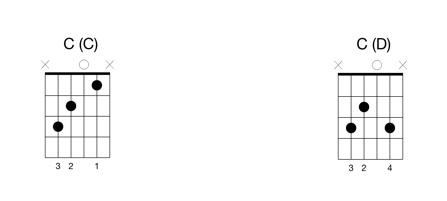
Playing the scale over the chord
Let’s take a look at the C major scale, focusing on the notes on the D string and above as this is where our melodies will sit. The aim will be to do just as we have done with the note D, with all the rest of the notes, over a C major chord. Incorporating the B will be simply giving us a Cmaj7 so we have a slight head start there.
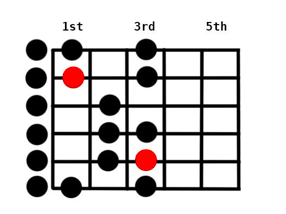
C major chord
Start on the highest note (G, 3rd fret on the E string), ascend through the scale while holding the C chord, The following shapes show what your fingering should look like for each note of the scale. The note of the scale is shown in brackets:


Notice how as we move down the scale, the notes above that note are no longer played. This is because it is important that melody note is the strongest so we tend to put it on top of the chord. Practice playing these chords and scales by starting with a slow metronome (50) and strumming on each quarter note, changing notes with each strum. By doing this, we are essentially getting a different chord each time ie C, C11, Cadd9, Cmaj7, C6, the basis of the chord is a C triad but the melody note will dictate what chord it now functions as.
Now that we have done this over the C chord we need to practice it over the other chords in the progression, G, Am and F.
Learn with LPM
If you are looking to feel comfortable with playing basic major and minor chords, power chords, and apply different strumming techniques to your practices with Ze, check out his course called Rhythm Guitar
G major chord
G can be slightly tricky as it is more of a stretch. For this reason, we are going to use our third and second finger for the bottom of the chord (see finger numbering) in order to be able to reach each scale note. Use the charts as a guide to playing each chord.


The extensions will give us G7, G6, G11, and Gadd9.
A minor chord
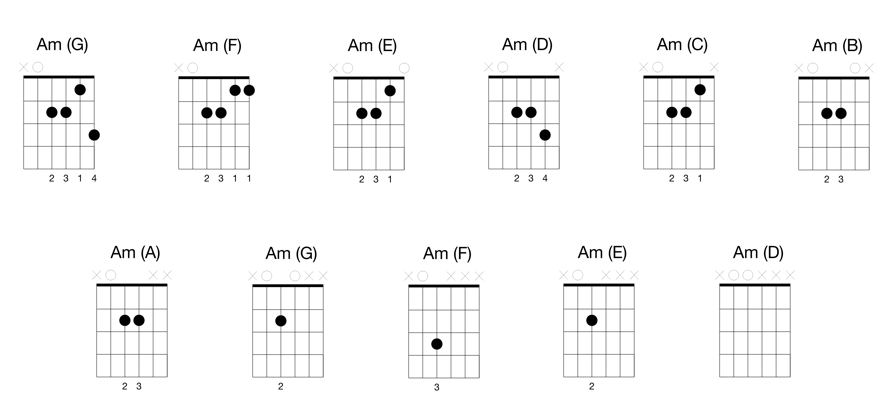
Don’t forget to not play the strings above the scale note.
F major chord
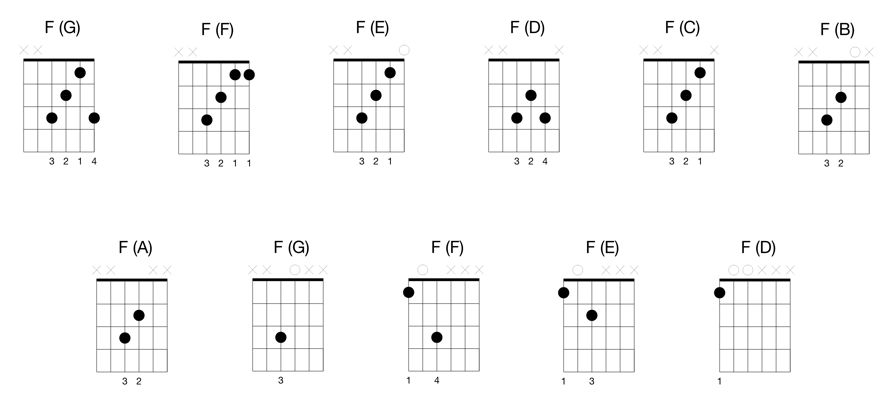
Putting it to Practice
Practice these by ascending, descending, and mixing up the pattern, focusing on the trickier changes as some notes fit very comfortably over a chord and some are incredibly awkward. Focus on keeping the chord ringing whilst you change notes and the melody note (top not of the voicing) should always be the strongest. Guitar does not have the range of a piano, therefore we need to make this note stick out as much as we can. If I am playing the C chord with the note ‘D’ in the melody, the D needs to be the strongest sounding note.
The next step will be to start applying these techniques to songs. All the songs in this course use notes and chords from the key of C major.
More About the Teacher
Rowan Pattison is an Australian jazz and contemporary guitarist. His resumé boasts artists such as American singer Bobby Arvon (Happy Days), Broadway star Michelle Murlin, American Idol finalist Lou Gazzara, Marcus Terrel from America’s Got Talent, Vegas Trumpet prodigy Greg Bohnam and American Comedian James Stevens III, who is featured regularly on The Tonight Show and Comedy Central. Now based in Melbourne, Rowan has just lead his own trio concert Impressionism of Bill Evans on a tour of Europe playing concerts in Kyiv, Lviv, Krakow and Paris. Rowan's guitar courses with Liberty Park Music include the Introduction to Jazz Improvisation and Introduction to Solo Guitar.


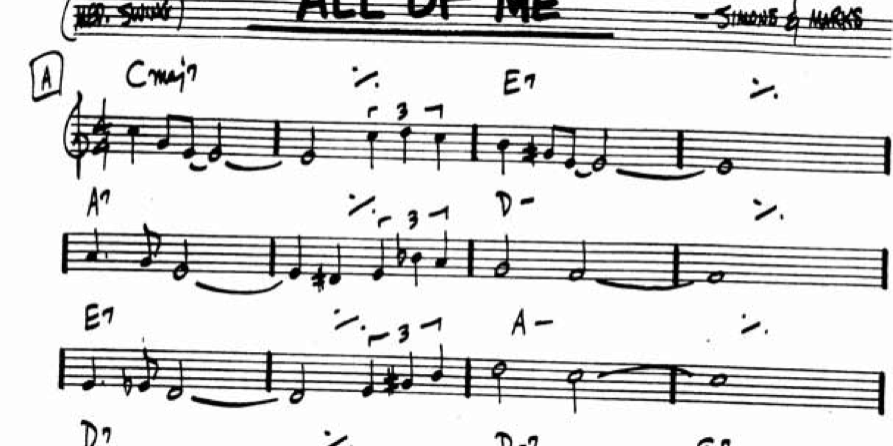
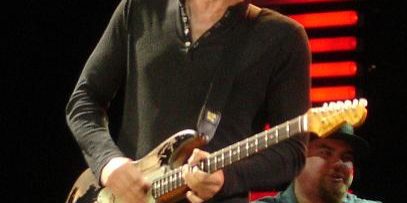
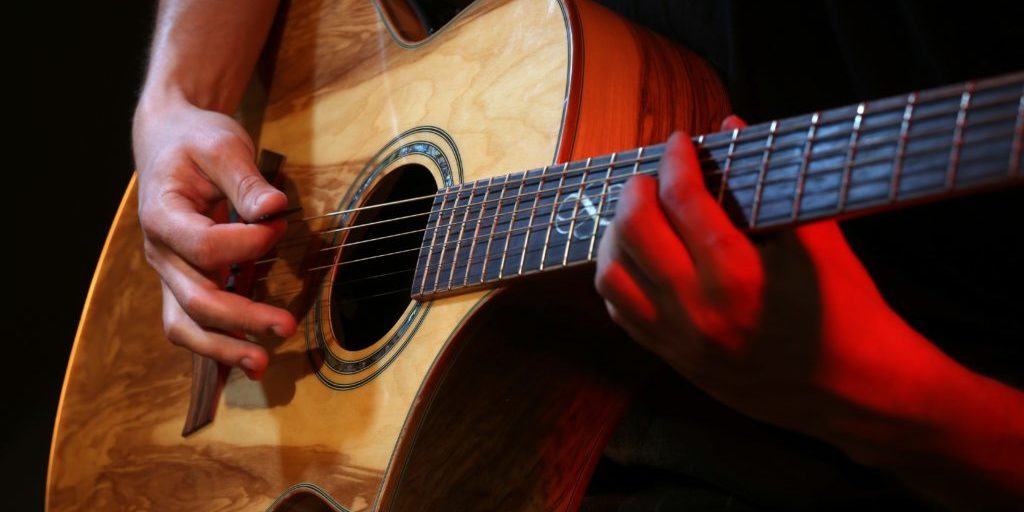
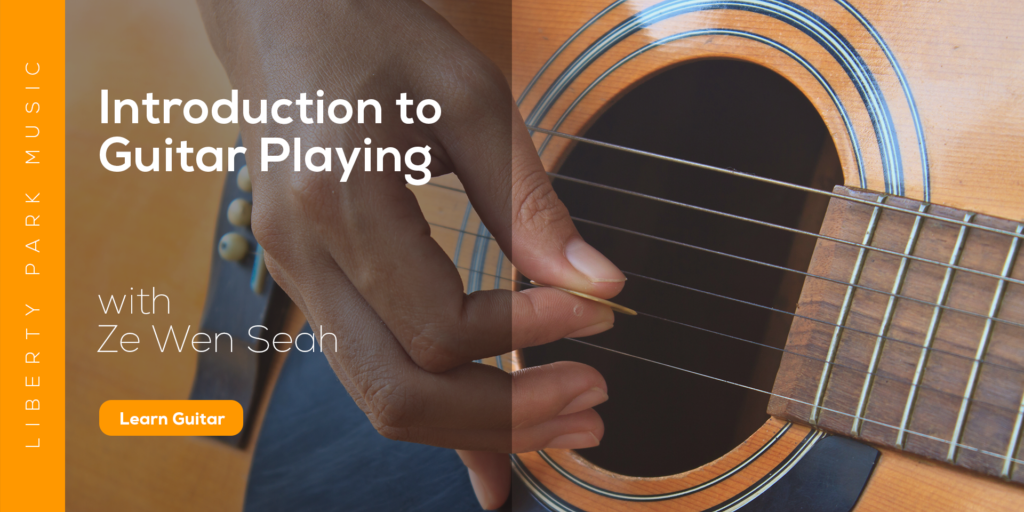
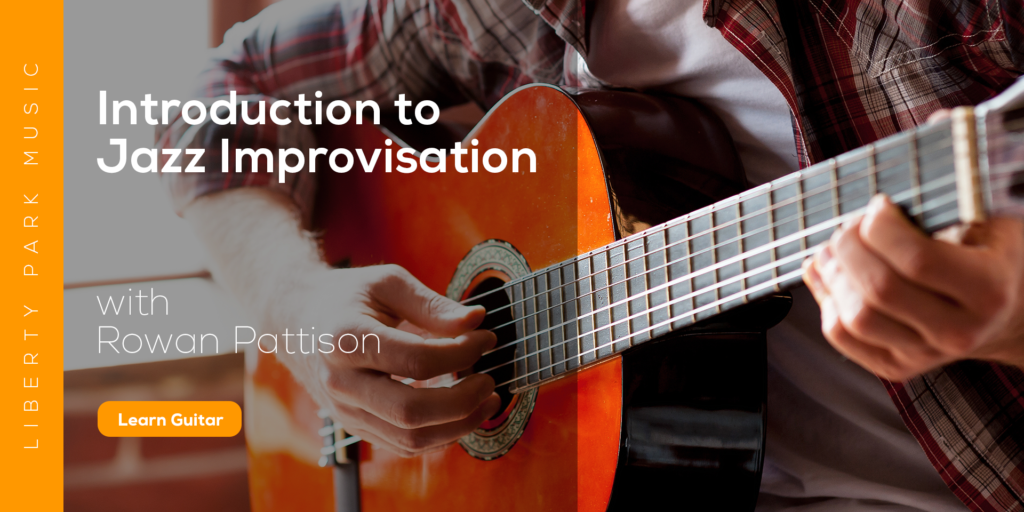
thank you for this amazing article this is very helpful